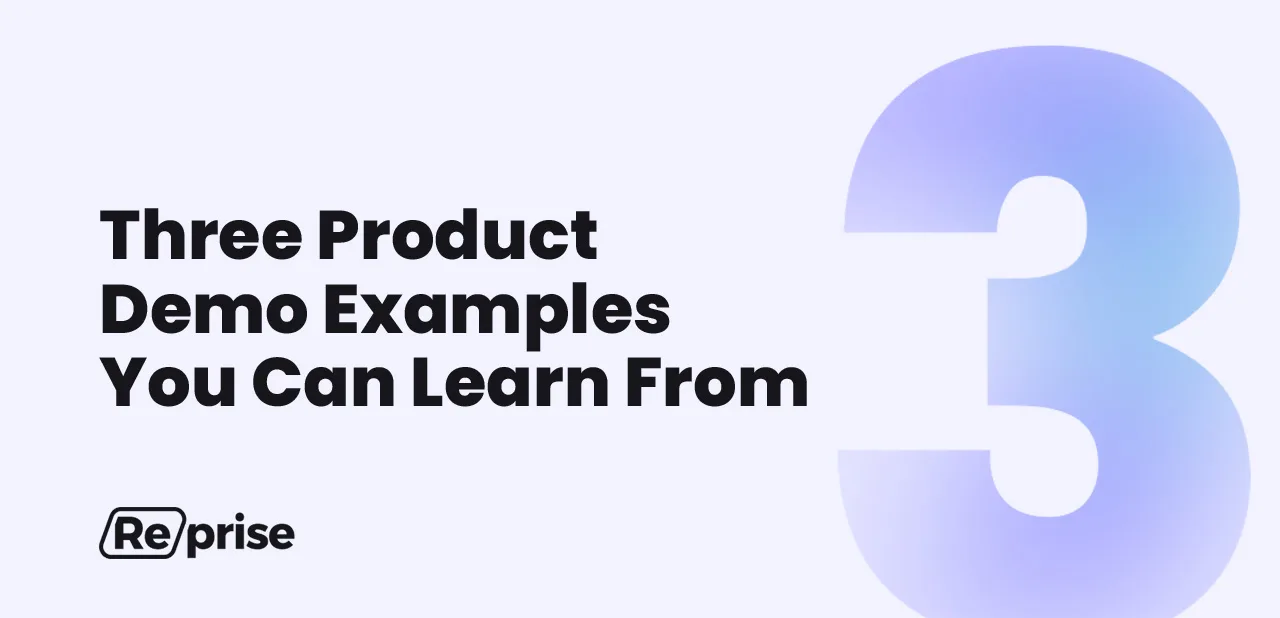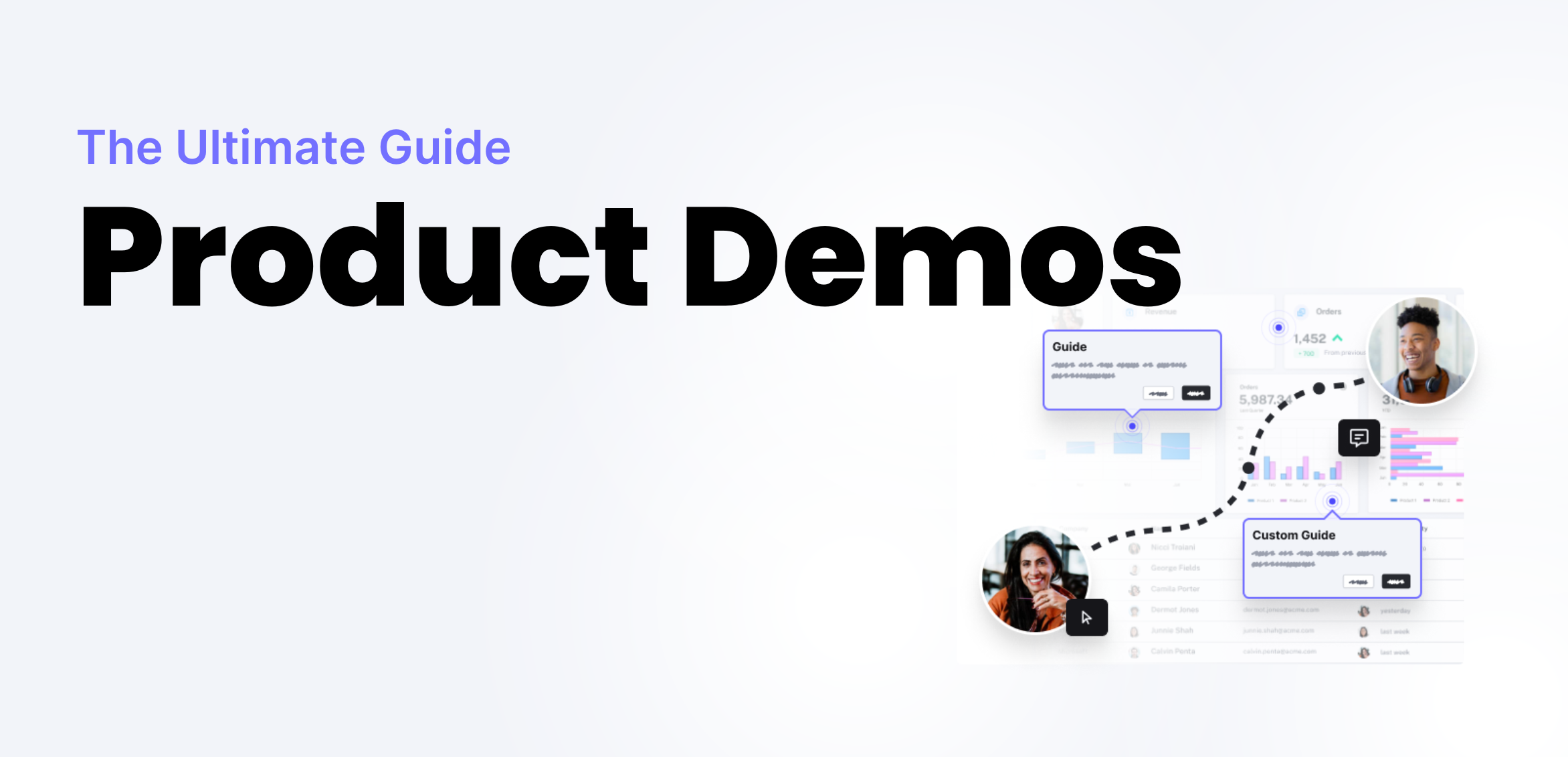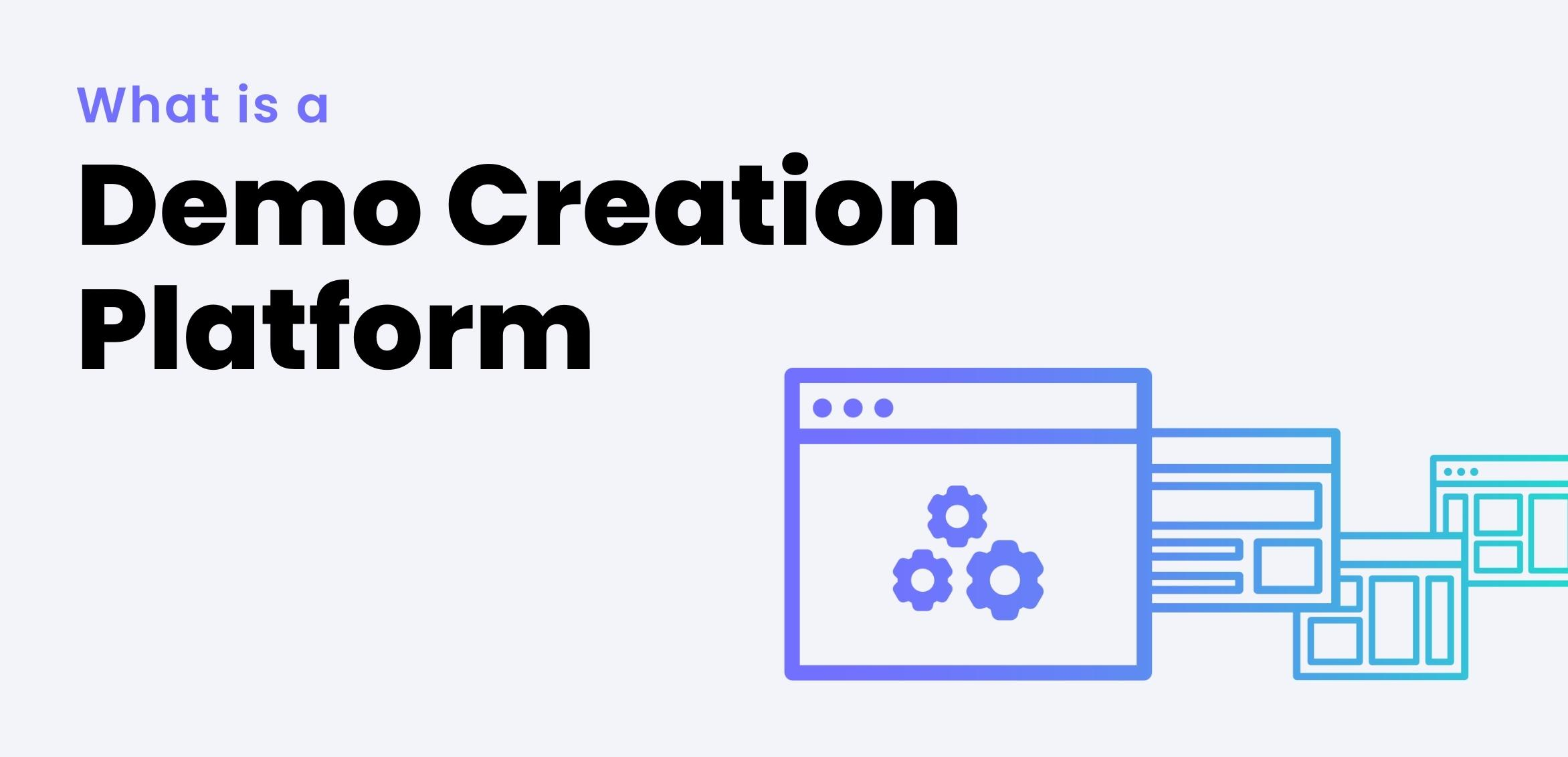How PLG removes friction from your marketing motion

As the product-led movement gains strength and momentum, it’s become almost the de facto setup for startups. But larger and more established companies that didn’t grow with a product-led process are often struggling to get onboard the product-led train. Does your organization need a push?
I talked to Partho Ghosh, Sr Director of Product, Growth at Hootsuite and we dug into these topics and other PLG best practices – here’s what you need to know.
Getting Through the Fear
Partho believes that bringing a PLG approach in will only help empower the marketing and sales team. Even though those teams tend to carry some fear when switching to a PLG motion, wondering if it’s just a way to cut their headcount and budget, that’s not the real story.
PLG is really trying to improve the way that customers view the product, see value from the product, and stick around for a long time. It’s actually easier to market that product knowing you have the lightbulb moment and confidence in your product sales and marketing teams can lean on.
The Value of PLG in Marketing
And in Partho’s work with founders and CEOs, he’s seen how PLG can enhance the bottom line of the business and increase customers in the pipeline, but most of all help the company focus on their vision and their product. The best products in the world are customer-focused – not focused on a single customer, but on the problem at hand facing the whole customer base. Once startups get going, they tend to focus on their first few customers and tailor things to them (understandably). But when they expand, they can lose focus on the bigger vision.
PLG brings that focus back to the broader vision and empowers product teams to build the best solution for the entire customer base, which also expands the marketing base and makes it easier for sales to sell. With PLG, the customer should be able to see value before they talk to an AE instead of going through a cold call or pitch, and hopefully they’ve had that hook already as a customer.
Getting With the Times
A shift is happening, for companies but also customers. Business consumers are purchasing products differently through all price points. It’s a shifting market, which doesn’t mean companies need to jump on the wagon blindly. But they should change and test their way into new things or they might miss an opportunity.
Doing this successfully means knowing that what works for one organization might not work for another – freemium is only one part, so don’t jump on or reject PLG as a whole because of buzzwords. The consumer side, if you’re purchasing a B2B product, is changing.
And soon, Partho predicts, we’ll say long gone are the days where you’re locked into multi-annual contracts where onboarding takes 3-6 months. The user might end up unhappy once onboarded, but the contract is in place and onboarding is done so they’re stuck. That model will be out the door in a few years because it’s just not user-friendly.
Another thing that will probably go out along with this cumbersome enterprise model? The norm of issuing certifications on certain products, like being a certified expert Excel user. It can seem useful for users, but it also tells another, less positive message. If your product is so complicated that people who have to use this tool need a certification just to use it, you’re telling people that your product is not easy to use, not intuitive, and probably has a negative user experience.
Customers now really care about ease of use, lightbulb moments, and ability to expand. “Land and expand” is now huge for success – Hootsuite uses that term a lot. It’s a big and exciting shift in how businesses are expanding and monetizing customers.
Making PLG Work for You
Getting PLG to work for any organization requires an investment of time and budget – you’re not going to be able to experiment and fine-tune what PLG looks like for your org without it. There’s still lots of opportunity for the enterprise space in PLG despite the resistance in that space to it, as long as you’re open to experimentation and collaborating strongly between product and marketing.
Those experiments can be really small steps too! It could be as basic as starting to integrate elegant screenshots into your sales motion. What really matters is that you keep looking at what you’re doing, seeing how it drives the pipeline, and doing what’s right for your company. After all, who doesn’t want to tap a pretty big growth opportunity for their organization?
Watch our full conversation here:
Photo by Sandeep Singh on Unsplash



